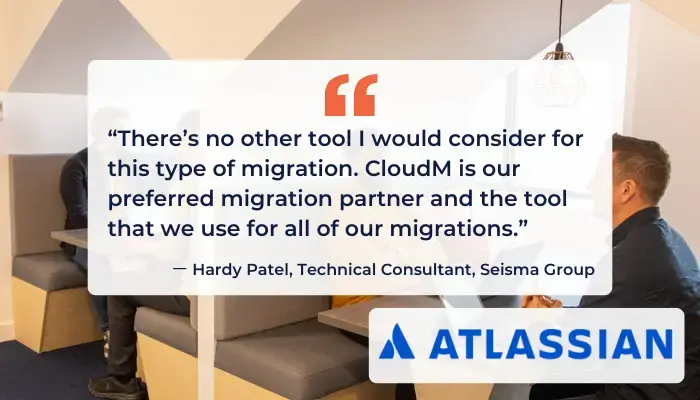Latest Resources
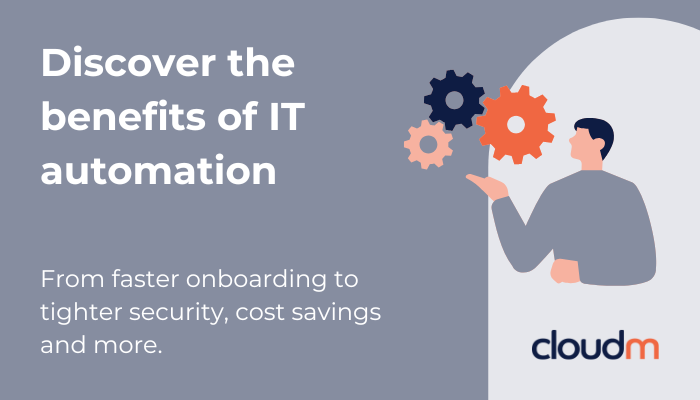
Why automation is the future of IT management in Google Workspace
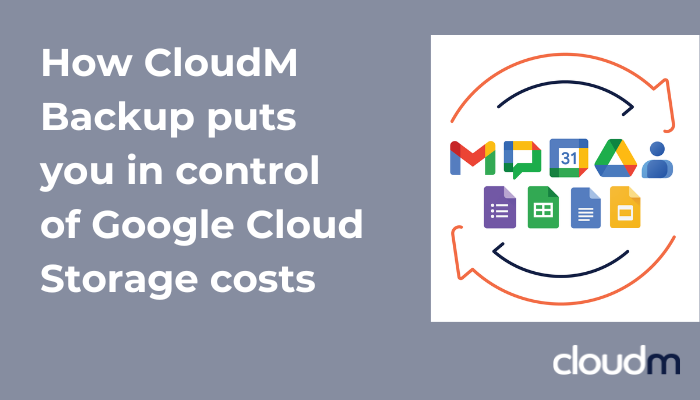
Stop overpaying for peace of mind: How CloudM Backup puts you in control of Google Cloud Storage costs
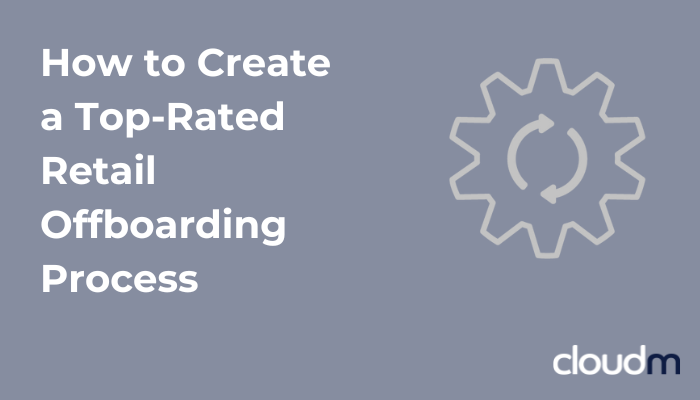
How to Create a Top-Rated Retail Offboarding Process
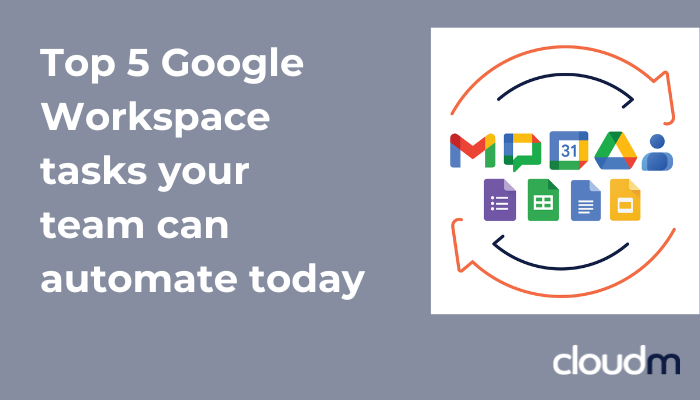
Top 5 Google Workspace tasks your team can automate today
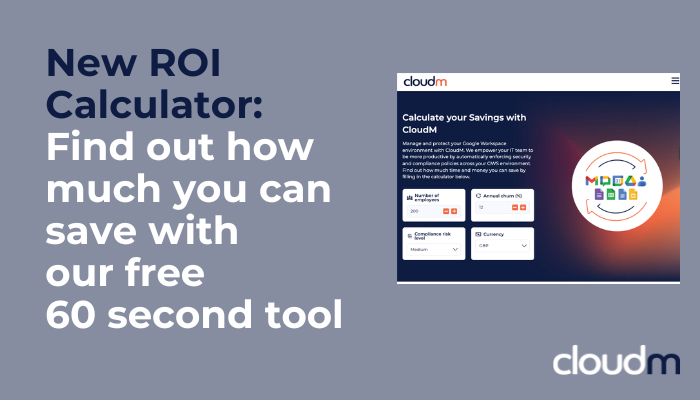
CloudM Launches a New ROI Calculator: How Much Can You Save?
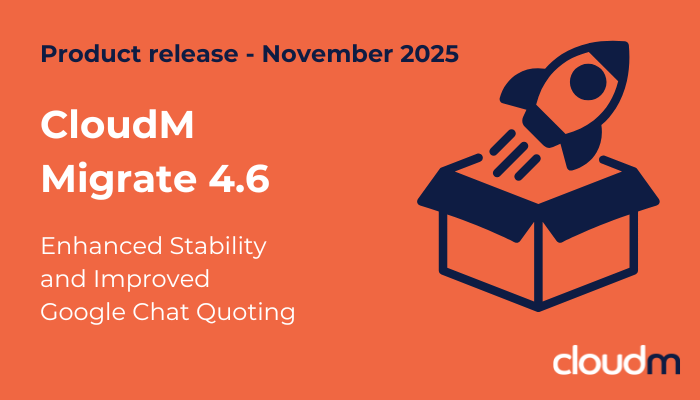
CloudM Migrate 4.6: Enhanced Stability and Improved Google Chat Quoting
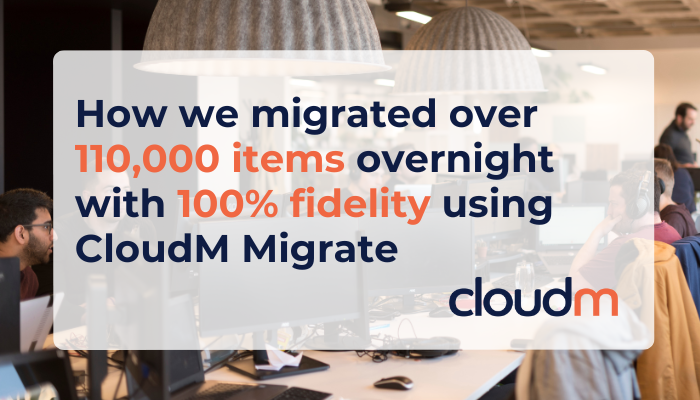
CloudM migrates 110,000 items overnight: A case study in seamless transition







